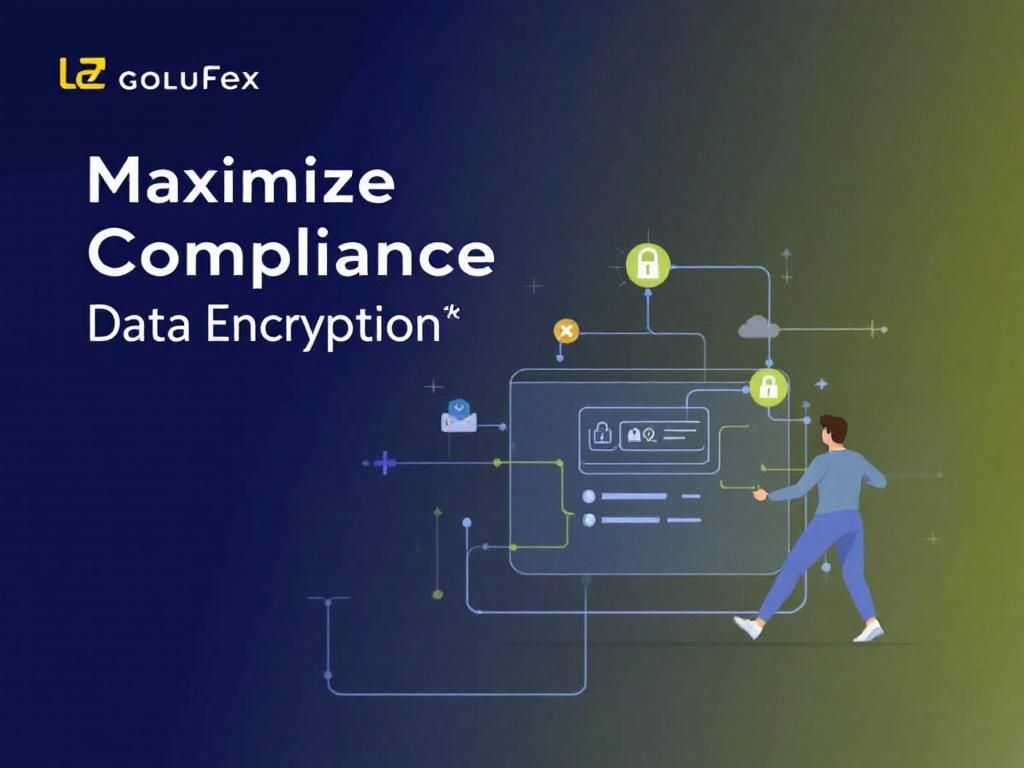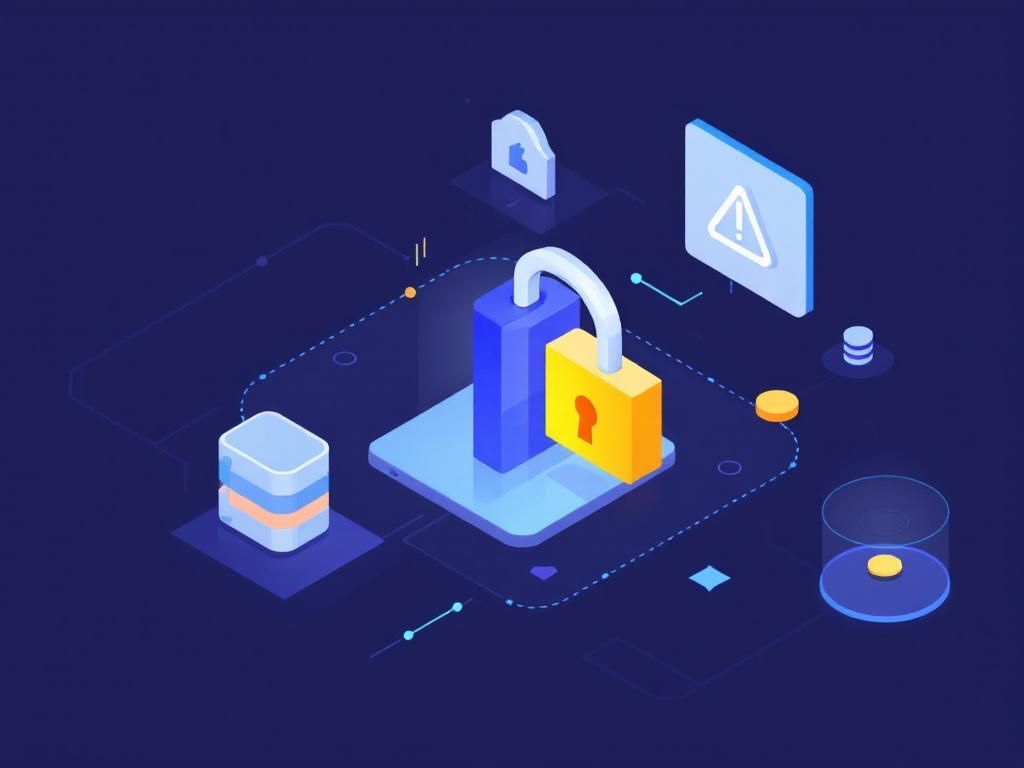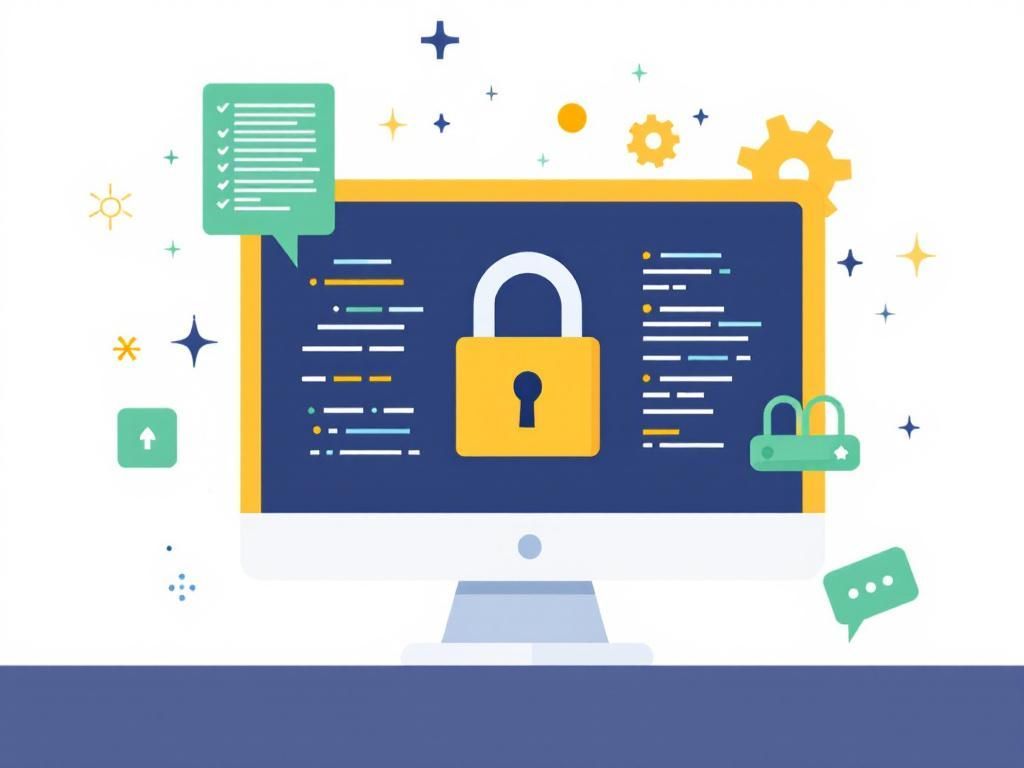Maximize Compliance with Data Encryption Tools
Discover how data encryption tools can enhance compliance and protect sensitive information in your organization effectively.

In an era where data breaches and privacy concerns dominate headlines, organizations are increasingly turning to data encryption as a means to safeguard sensitive information. With regulations like GDPR, HIPAA, and CCPA imposing stringent requirements on data protection, implementing effective encryption tools has never been more crucial. This article delves into the various aspects of data encryption, its importance in compliance, and how organizations can maximize their efforts using the right tools and strategies.
Table of Contents
Understanding Data Encryption
Data encryption is the process of converting information or data into a code, especially to prevent unauthorized access. It is a fundamental aspect of information security, ensuring that even if data is intercepted, it remains unreadable without the correct decryption key.
Types of Data Encryption
There are two main types of data encryption:
- Symmetric Encryption: In this method, the same key is used for both encryption and decryption. It is faster and efficient for large data sets.
- Asymmetric Encryption: This method employs a pair of keys—a public key for encryption and a private key for decryption. It is more secure but slower, typically used for secure data transmissions.
The Role of Data Encryption in Compliance
Compliance with various data protection regulations necessitates that organizations implement robust security measures. Data encryption is a critical layer of security that helps organizations meet these requirements.
Key Regulations Mandating Encryption
Many regulations specify the need for data protection practices, including encryption:
- GDPR: The General Data Protection Regulation mandates that organizations protect personal data of EU citizens, and encryption is a recommended method.
- HIPAA: The Health Insurance Portability and Accountability Act requires healthcare organizations to implement encryption for health information to protect patient privacy.
- CCPA: The California Consumer Privacy Act emphasizes the protection of personal information, making data encryption a preferred method to secure data.
Choosing the Right Data Encryption Tool
With numerous encryption tools available, selecting the right one for your organization is crucial. Below are the factors to consider when choosing a data encryption solution:
1. Assess Your Data Sensitivity
Determine the level of sensitivity of the data you are looking to encrypt. Sensitive data may include personal identification information (PII), financial records, and healthcare information.
2. Compliance Requirements
Identify the specific compliance regulations your organization needs to adhere to. This will guide your choice of encryption methods and tools.
3. Integration Capability
Ensure that the encryption tool can seamlessly integrate with existing systems and workflows to avoid disruption.
4. Performance Impact
Consider the performance impact of the encryption tools on your systems. Choose a solution that provides robust security without significantly slowing down your operations.
5. Support and Maintenance
Select a vendor that offers ongoing support and regular maintenance updates to ensure the effectiveness of your encryption solution.
Popular Data Encryption Tools
Here, we discuss some of the leading data encryption tools available in the market:
| Tool | Type | Best For |
|---|---|---|
| VeraCrypt | Open Source | Disk encryption |
| BitLocker | Proprietary | Windows users |
| OpenSSL | Open Source | Custom encryption solutions |
| Symantec Encryption | Proprietary | Enterprise-level security |
| McAfee Complete Data Protection | Proprietary | Endpoint encryption |
Implementing Data Encryption Strategies
Once you have selected the right tools, implementing a comprehensive data encryption strategy is essential for compliance and security.
Step-by-Step Implementation Guide
- Identify Sensitive Data: Conduct a thorough audit to identify all sensitive data that requires encryption.
- Choose Encryption Standards: Decide on the encryption standards that align with compliance regulations.
- Deploy the Encryption Tool: Implement the chosen encryption tool across the organization.
- Train Employees: Provide training for employees on how to use encryption tools effectively.
- Regularly Update and Evaluate: Continuously monitor the effectiveness of encryption measures and update as necessary.
Challenges in Data Encryption
While data encryption is essential for compliance, it comes with its own set of challenges:
Key Management
Managing encryption keys is one of the critical challenges organizations face. Losing a key can result in permanent data loss, while poor key management practices can lead to unauthorized access.
Performance Issues
Encryption can introduce latency in data access and processing. It is vital to strike a balance between security and system performance.
Compliance Complexity
Different regulations have varying requirements for encryption, making it complex for organizations to ensure full compliance.
Future of Data Encryption
The future of data encryption is promising, with advancements in technology shaping how organizations protect data.
Trends to Watch
- Quantum Encryption: With the rise of quantum computing, traditional encryption methods may become vulnerable. Quantum encryption is expected to revolutionize data security.
- Artificial Intelligence: AI will play a pivotal role in enhancing encryption methods and automating key management processes.
- Cloud Encryption: As organizations increasingly move to cloud environments, cloud encryption tools will become integral to data security strategies.
Conclusion
Maximizing compliance with data encryption tools is not just a regulatory requirement; it is a necessity in today’s digital landscape. By understanding the nuances of encryption, choosing appropriate tools, and implementing effective strategies, organizations can significantly enhance their data security posture and protect sensitive information against unauthorized access and breaches.
FAQ
What are data encryption tools?
Data encryption tools are software applications or systems designed to protect sensitive information by converting it into a secure format that can only be read or processed by authorized users.
How do data encryption tools enhance compliance?
Data encryption tools enhance compliance by ensuring that sensitive data is securely stored and transmitted, helping organizations meet regulatory requirements such as GDPR, HIPAA, and PCI DSS.
What types of data can be encrypted?
Data encryption tools can encrypt various types of data, including files, databases, emails, and data in transit over networks, ensuring comprehensive protection across all data types.
Are data encryption tools easy to implement?
Most modern data encryption tools are designed for ease of use and can be integrated into existing systems with minimal disruption, though the complexity may vary based on the organization’s infrastructure.
What are the best practices for using data encryption tools?
Best practices for using data encryption tools include implementing strong encryption algorithms, managing encryption keys effectively, regularly updating software, and training staff on data security protocols.
Can data encryption tools prevent data breaches?
While data encryption tools significantly reduce the risk of data breaches by protecting sensitive information, they should be part of a comprehensive security strategy that includes other measures such as access control and monitoring.



